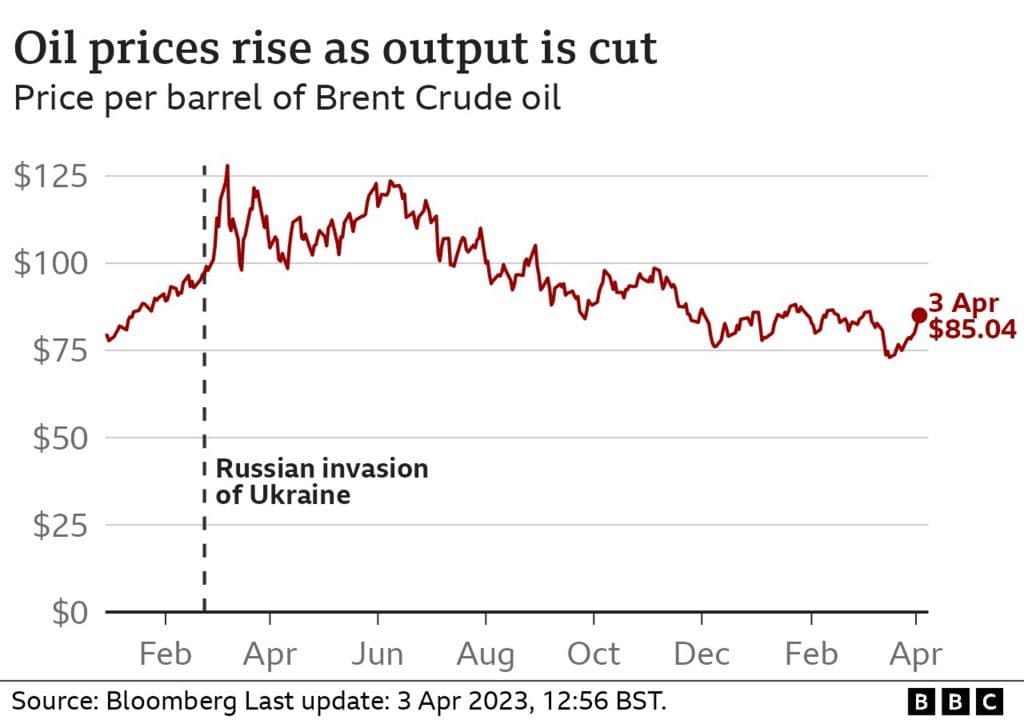Late September Jobs Data Clarifies Hiring After Long Shutdown
The Bureau of Labor Statistics released a September jobs report on November 20, nearly seven weeks late after a 43 day federal shutdown disrupted data collection, offering a fresh look at hiring dynamics after widespread furloughs. Economists and markets watched for confirmation that hiring had slowed while layoffs remained low, information that could reshape Federal Reserve expectations and market pricing for policy moves.

The long delayed September jobs report, published on November 20, arrived as a key piece of missing evidence about labor market momentum after the 43 day federal shutdown that disrupted routine data collection. The report was released nearly seven weeks later than usual, and economists said its timing and content were crucial for understanding how the economy absorbed a large wave of furloughed federal workers and the broader ripple effects across hiring and wage growth.
An Associated Press analysis published the same day had signaled that the September numbers were likely to show sluggish hiring alongside continued low layoffs, mirroring a pattern that emerged in mid 2025. That pattern suggested a labor market that was cooling from the unusually robust hiring pace of 2024 but still exhibiting resilience in terms of job security. With the delayed release, policy makers and investors could finally test that hypothesis against actual payrolls and unemployment data.
The delay complicated an already delicate calendar for the Federal Reserve. Fed officials have repeatedly emphasized labor market conditions when assessing inflationary pressures and the appropriate path for interest rates. A clear slowdown in hiring would tend to ease concerns about wage driven inflation, potentially lowering the odds of further tightening or allowing the central bank more room to consider rate reductions. Conversely, evidence that layoffs remained unusually low would reinforce the idea that the labor market retained underlying strength, supporting a more cautious approach to policy easing.
Market participants had been adjusting positions in anticipation of the report, with traders monitoring futures and bond yields for signs that the data would change expectations about the timing and magnitude of Fed moves. Analysts said the unique nature of the data disruption made September especially important. Government furloughs not only removed paychecks from the headline payroll totals for a period but also complicated measures such as temporary job separations, hiring flows, and measures of hours worked.
Beyond the immediate policy implications, the delayed report offered a window into longer term trends that had been developing through 2025. The combination of slower hiring growth and low layoffs is consistent with an economy moving toward a more balanced labor market, where tightness eases but worker attachments remain strong. Demographic shifts, changes in labor force participation, and sectoral reallocation from pandemic era patterns have all contributed to that evolution.
The September data will also affect how economists interpret subsequent months. A weak delayed print could lead forecasters to lower near term payroll projections and revise inflation paths, while a sturdier reading would reinforce resilience. In either case the interruption caused by the shutdown underlined a policy trade off that reaches beyond immediate budget fights, namely how interruptions to government operations can obscure the very indicators central banks and markets rely on to steer the economy.
As analysts parsed the numbers, attention quickly turned to October and November releases for confirmation. The late arriving September report did not close the book on 2025 labor dynamics, but it did provide the first full look at how the labor market coped with an unprecedented period of federal furloughs.

